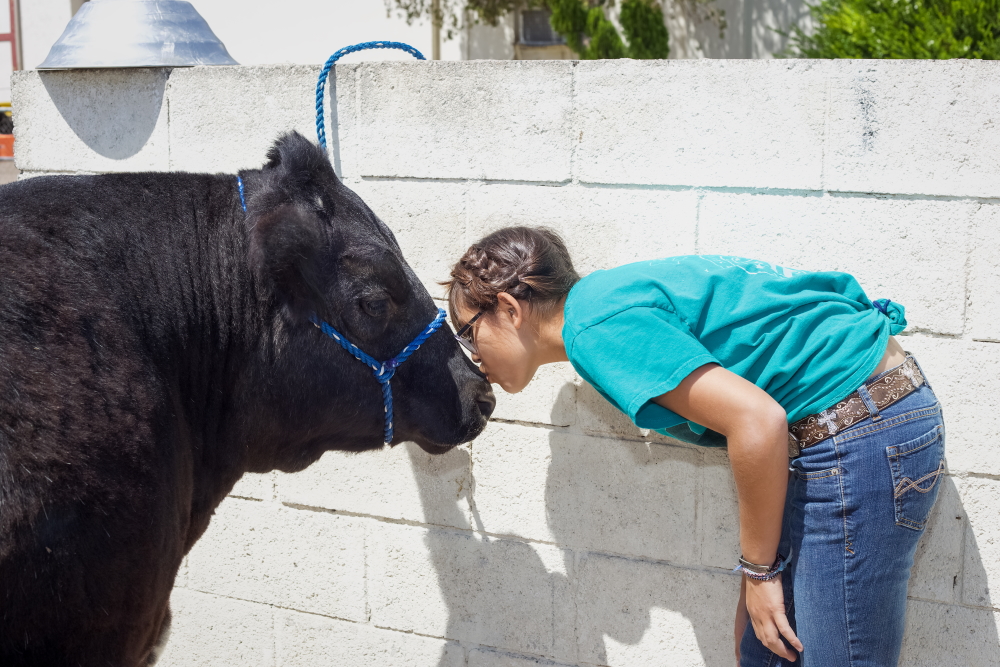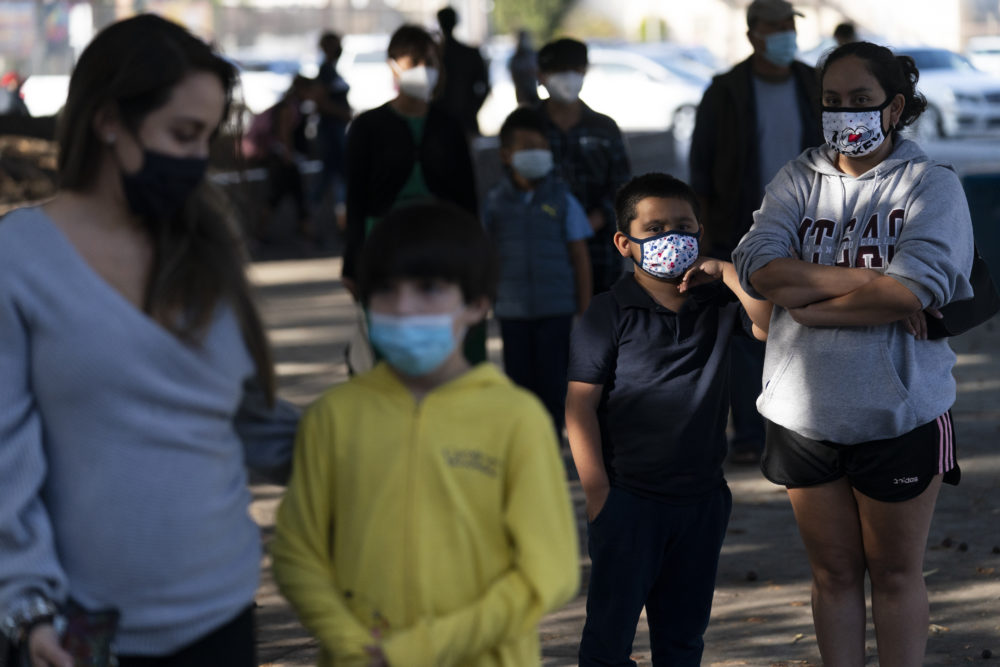Billions of dollars earmarked for afterschool programs in the American Rescue Plan have begun to flow into programs nationwide, setting some on a course to double or even quadruple capacity.
In Georgia, for instance, Girls Inc., an academic and STEM program provider focused on supporting girls of color, secured almost half of a million in federal dollars, allowing the nonprofit to more than double the number of kids it serves, including launching out-of-school programs for low-income families living in hotels.
Tiffany Collie-Bailey, CEO at Girls Inc. of Greater Atlanta, said one of her programs serves families who are living in an extended-stay hotel that is next door to a “dive bar” and a “strip club.”
“That’s the environment they’re calling home,” she said. “To be able to bring an afterschool program into that community, a program that diverts them from all of the elements around them and creates a safe space, an enriching space and an academic space for them — that’s important.”
 The aim of the American Rescue Plan, a sweeping trillion-dollar COVID relief package passed in March, is in part to bolster and expand out-of-school activities and programs that will support kids who missed out on learning and social development opportunities as a result of the pandemic.
The aim of the American Rescue Plan, a sweeping trillion-dollar COVID relief package passed in March, is in part to bolster and expand out-of-school activities and programs that will support kids who missed out on learning and social development opportunities as a result of the pandemic.
The federal aid package provides $122 billion for pre-K through grade 12, with $30 billion available to go directly to local, community-based afterschool and summer programs.
But eligibility and application processes vary state to state. Some have online portals where programs submit proposals; others have given school districts sole authority over how the money is spent. And, most concerning to advocates, the money is temporary, lasting just three years.
In Hallandale Beach, Florida, the city-run afterschool programming for children in kindergarten through middle school was hit hard by the pandemic, and two out of three centers for afterschool were closed. The afterschool services operate largely on grant funding and payments from families, but during the pandemic, registrations dropped and many fees were waived for low-income families.
Nicole Carter, the youth programs coordinator, said the American Rescue Plan dollars came just in time and “helped us out a lot,” allowing the program to pay salaries to make staff full-time and reinstating field trips, which had been placed on hiatus during much of the pandemic.
Carter said her organization had to apply to a county coalition for American Rescue Plan funding. She said in Florida, the school boards got the majority of the federal funding and afterschool was granted a much smaller slice that was set aside by the state.
Altogether, including other COVID grants, Carter applied for roughly $100,000. While the American Rescue Funding has been great, Carter said, it’s not enough. She said afterschool programs nationwide picked up the slack during the pandemic when schools were closed, and afterschool staff are notoriously underpaid.
“The money is still just trickling to us. It’s not like, ‘Wow, we really know this industry needs money and here you go,'” she said. “We’ve still got to advocate for it.”

Tawnya92/Shutterstock
Young girl with her black steer at a 4-H county fair cattle show.
Up the East Coast in New York, the state gave the bulk of the aid to the schools, leaving districts to decide how to spend it on afterschool programming. Instead of being able to apply to an RFP (request for proposal), afterschool programs are at the mercy of the school districts. Luckily for Stephanie Anne Graf, youth and family program leader at the Cornell Cooperative Extension of Jefferson County, she has a good relationship with schools in her area. She was able to secure funding to expand their programming — a mix of 4H and STEM classes — to children in northern New York, an area Graf says is very rural with high levels of poverty.
Graf has secured a few contracts to expand programming in various schools, including a $245,000 two-year deal with the possibility for a third that will allow them to expand one of her programs from 2 days a week to 5 days a week, potentially doubling or even quadrupling how many kids are served.
Another school gave them a $25,000 grant to hire another staff member so they could accept all the students on the waiting list into the program. Currently, Cornell Cooperative Extension employs 55 staff members but expects the number to grow to 85 once all the new sites are operational.
“We are helping tremendously with this learning loss,” Graf said, adding that families are just as concerned about the social emotional skills as they are about academics. “They felt their children were pretty isolated and they needed to learn how to take turns, stand in line, interact and have a good time with other kids.”
In Atlanta, Collie-Bailey of Girls Inc. said Georgia Statewide Afterschool Network and United Way created a simple online portal so that any interested afterschool organization could apply for federal aid.
Collie-Bailey said thanks to the portal, the process went as smoothly as possible. She landed $427,500 in funding a year for the next three years. The money is allowing them to go from serving 942 girls a year to a little over 2,000 and expand into more low-income areas that lack afterschool programs.
Even as the programs in Georgia and elsewhere are infused with federal aid, youth development professionals expressed concern about what will happen in three years when the money runs out. Some are hoping for more federal funding and some are expanding efforts to attract philanthropic dollars.
“I think about it all day long,” Collie-Bailey admitted. “I tell my staff, ‘You know, getting the dollars was the easy piece, right?’ Figuring out how to fund it after three years is the real work.”






























